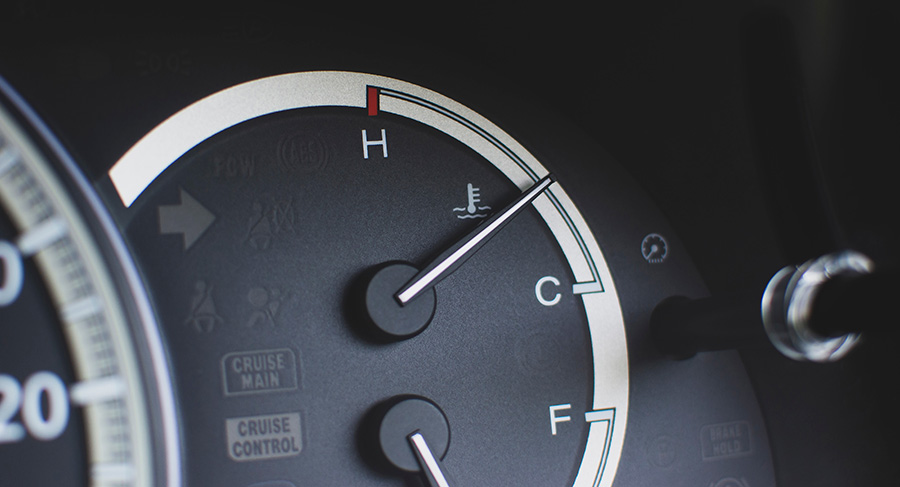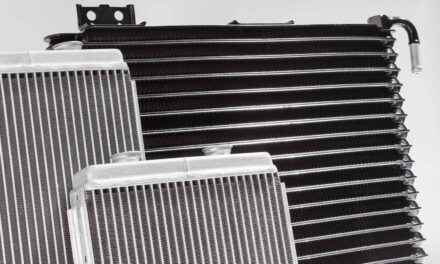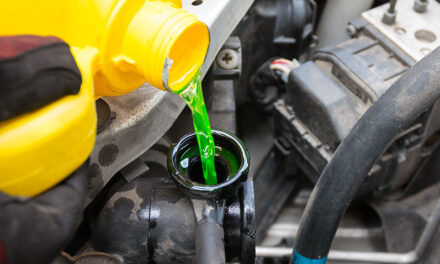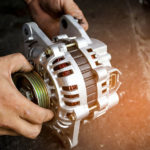Whether you are tricking out your ride for the track or are struggling to keep your truck from overheating all summer long, you might be looking for a performance radiator replacement. Let’s check out some of the most important features you need to consider to ensure you get the right size that will also keep your engine cool while pumping up your power.
Is Aluminum Really Better?
Back in the day, most radiators had a core made out of brass tubes and copper fins. While copper is an excellent heat conductor, brass is heavy and lead solder was used to hold it all together. You ended up with a heavy radiator that was subject to corrosion. Today’s aluminum radiators are lighter, which helps to reduce the overall weight of the car. They also resist corrosion. With the right combination of airflow, coolant flow, and core size, they easily outperform their copper predecessors.
Maximize the Core
Radiators are all about heat exchange. More surface area provides more opportunity for the coolant leaving your engine to dissipate the heat before recirculating to collect more heat. For this reason, you want a performance radiator replacement that has as many fins and pipes as possible while still fitting into the available space. Price does increase with the improved design, but when you are working to gain horsepower over a longer period, it is worth the investment.
Fans and Airflow Make a Difference
The movement of air is the final step in removing the excess heat from the engine compartment. Finding the right fan can deliver more cool air to the radiator core which in turn can help to keep your engine running cooler. Fans can be belt driven, which can steal horsepower from your engine, or you can install an electric fan able to run off of your battery. Of course, a large grille that actually allows air to flow through it can help but will lower your aerodynamics.
Sizing the Inlet and Outlet
When looking to up the cooling power of your car, search for a replacement radiator with a 1-inch inlet and outlet, which is probably larger than your OEM part. You will need to upgrade your hoses, too. The larger hoses, inlets, and pipes allow more coolant to trap and expel heat from your engine. It will help to boost horsepower and extend the life of your motor.
Speeding Up the Pump
You may find a performance radiator replacement that has larger pipes, which should allow more coolant to flow across the core. However, if your water pump does not provide enough power, the extra coolant may not be able to move fast enough to be effective. Speeding up the pulley speed on the pump can deliver extra power to keep your coolant moving.
For more information and reviews about available performance radiator replacements, visit AutoPartsU today.











![[Robust and Durable] Our quick-disconnect car battery terminal connector is made of tinned copper, which not only has good conductivity and corrosion resistance, but also can reduce voltage distortion and transmission loss. Positive and negative batt...](https://m.media-amazon.com/images/I/41d35wAnaYL._SL100_.jpg)


